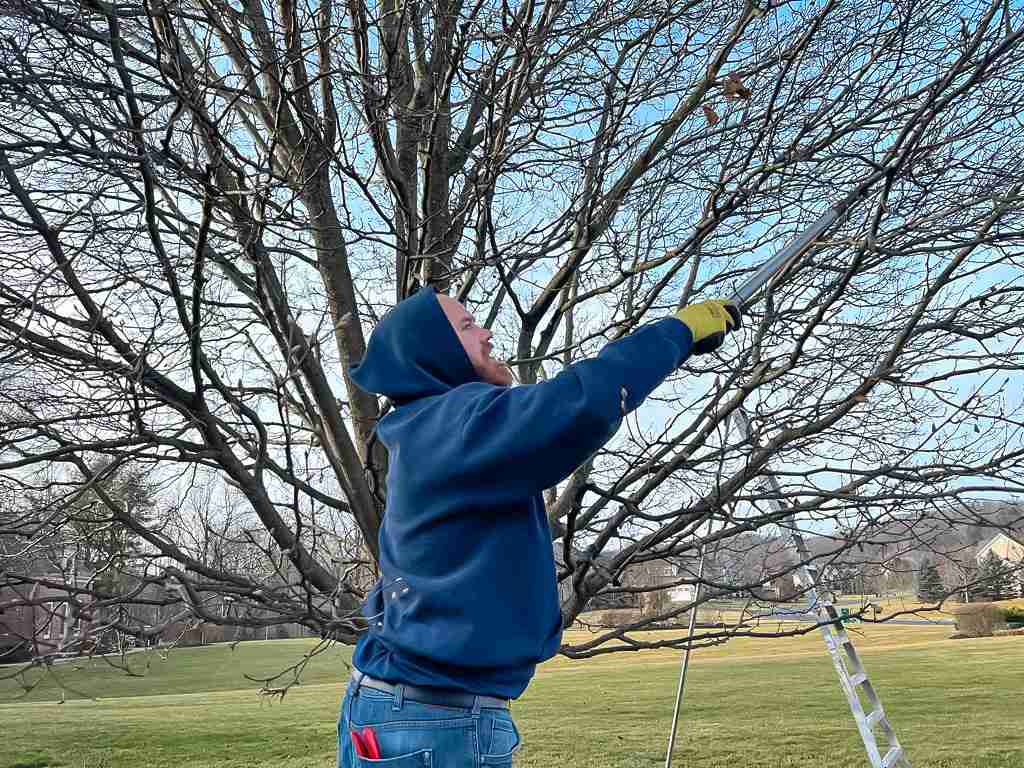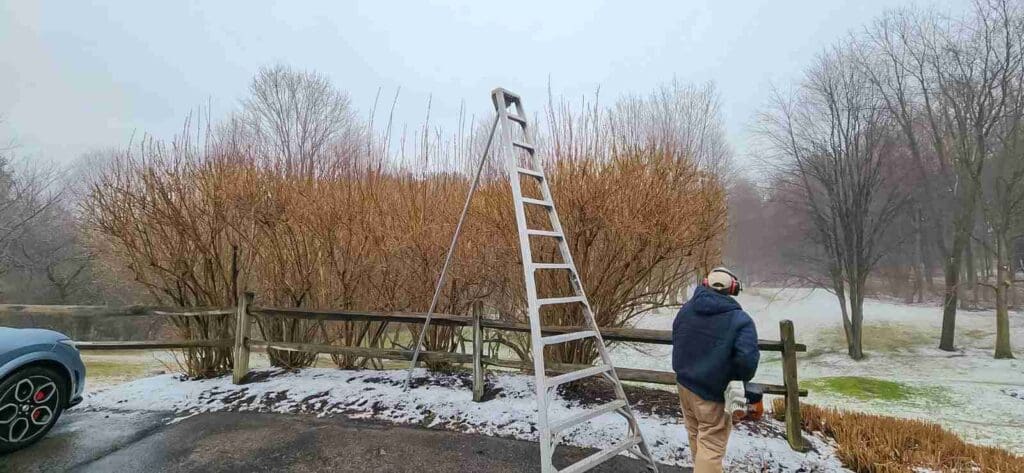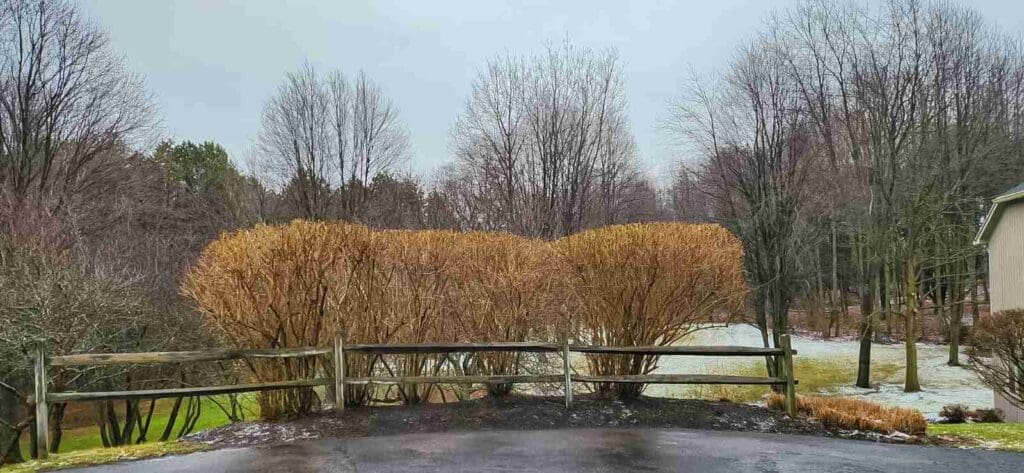Dormant Pruning Made Easy: Essential Tips and Techniques
Dormant Pruning Made Easy: Essential Tips and Techniques

The trees, shrubs, and plants around your home give it character and can leave it feeling homey and inviting. In the spring and summer months, you likely spend time and money maintaining and providing proper attention and care. So, what are you doing during the other two seasons?
One way includes using plant covers to provide protection from frost and ensure they’re properly watered. However, without a good dormant pruning regimen during the fall and winter seasons, you’re not preparing your plants for fresh growth. Whether they’re saplings or fully grown, your foliage requires attention and proper care all year round. This is a maintenance-must many homeowners overlook.
There are a lot of benefits of dormant pruning and it’s an important maintenance strategy that will help keep them healthy and thriving. In this quick guide, we’ll provide some tips and techniques that’ll help you understand when it’s time to practice dormant pruning and the importance of doing so.
What is Dormant Pruning?
Dormant pruning is simply cutting back trees and bushes when they’re not actively growing, generally in late fall or winter. It’s as if you’re giving your plants a yearly health check by removing damaged or broken branches. Additionally, lift any hanging too low and ensure there’s enough room between your plants.
When is the Best Time?
The ideal time for dormant pruning is typically in late November to early March, just before the new spring growth begins. As this generally allows those areas to promote rapid healing with the onset of the growth season, thereby reducing the risk of disease.
An important horticulture tip is to ensure you don’t cut away more than a quarter of the plant or limb at once. The exact timing for dormant pruning may vary depending on your region and climate conditions.

What Should Be Pruned?
When it comes to dormant pruning, trees such as oak, birch, dogwood, spruce, and elm need pruning to enhance the health of the branches. In addition, shrubs like weigelas and petunias, are proper candidates. Evergreen plants do not go through a dormant phase and can be pruned almost anytime.
Benefits of Dormant Pruning
When you practice dormant pruning properly, your trees and other foliage receive several benefits. First, there isn’t as much sap lost versus active growth pruning, and dormant pruning is easier on them and helps improve their overall strength. Second, dormant pruning promotes new growth and gives it enough time to strengthen even more, so it’s better prepared for those scorching hot summer months.
Of course, dormant pruning also means that the tree gets as much sunlight as it can between those cloudy, rainy, or snowy days, promoting the growth of more buds and eventually, more fruit. Getting rid of those older branches also means it can send more water and nutrients to the branches that are left, which can help them grow better.
Lastly, dormant pruning reduces the damage from insects and diseases because most of those determinants are dormant at this time. They are generally less likely to take advantage of the open cuts made during pruning.


Conclusion
Pruning isn’t just for looks – it also helps your trees stay strong and healthy. With dormant pruning, your trees can focus their energy on new growth and while it might seem like a daunting task, with the above tips and techniques, you’ll have no trouble keeping your trees healthy and looking their best! If you need help with dormant pruning this winter, contact us and we’ll get the job done and done right.
Call Today For A Free Estimate (585) 248-0452
Latest Posts
Ready to Start a Lasting Partnership?
We do more than complete projects. We build relationships that grow with your property. If you are ready to begin a landscape journey with a partner who will support your investment with honesty, expertise, and consistent care, we invite you to reach out.
Fill out our form or call our office today to begin your consultation.
